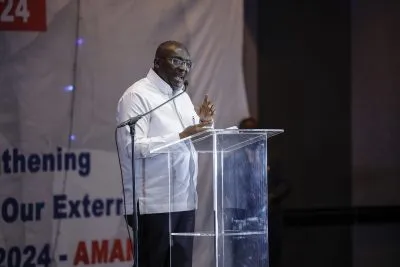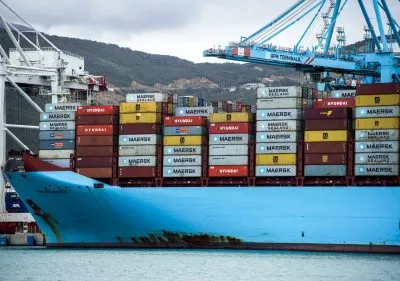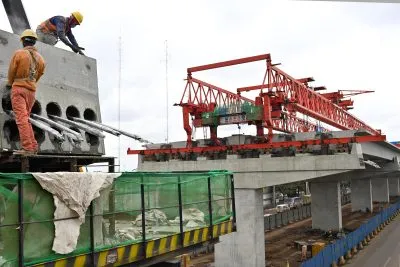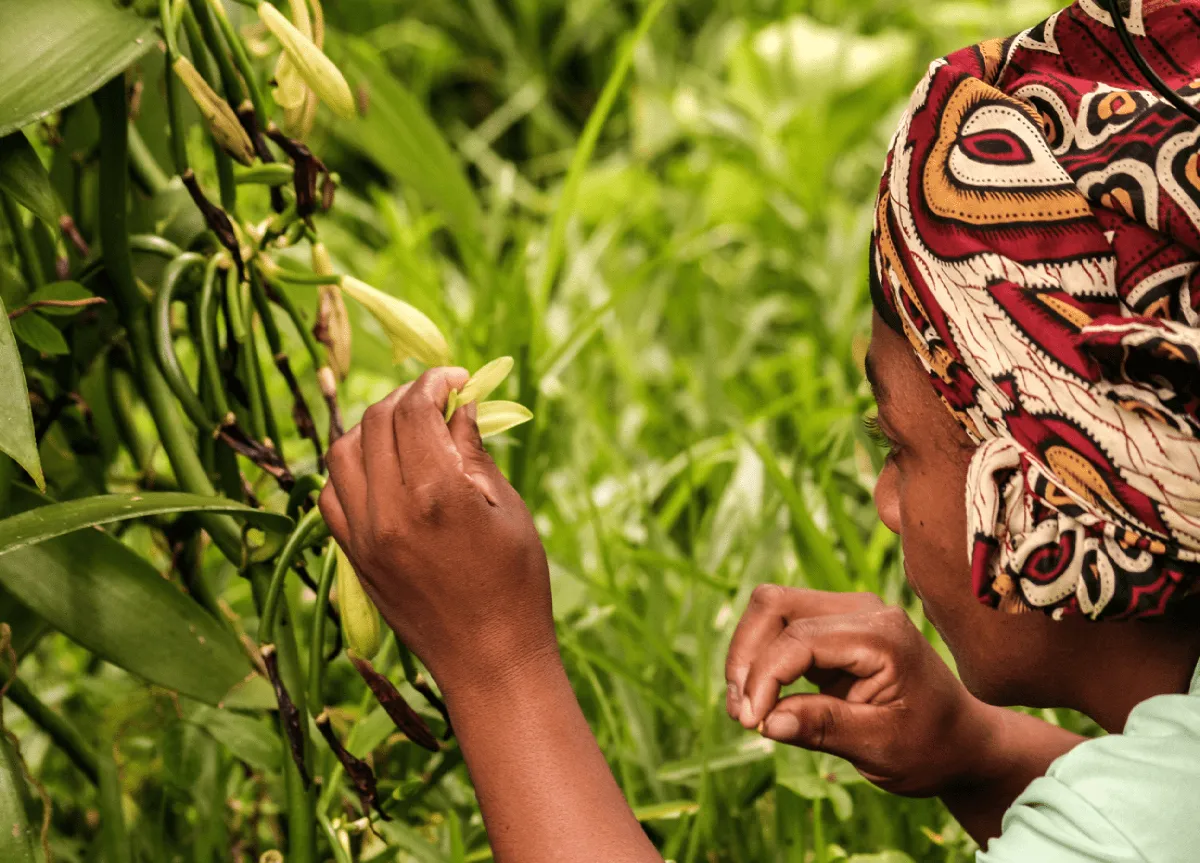Governments across the world struggle to get their hands on more than a tiny fraction of the profits reaped by organised crime. The UN estimates that a mere 1% of criminal proceeds are frozen or confiscated each year.
And in East Africa there is little question about the scale of the task.
“We are probably talking about billions of dollars,” says David Hotte, a former tax lawyer who heads up the European Union’s anti-money laundering programme in the Greater Horn of Africa – though he concedes, “We have no idea about the scale of money laundering in the region.”
Money laundering is hardly a new problem and, if anything, has been made easier by the rapid economic growth across much of East Africa and the Horn. Consisting of predominantly informal and cash-based economies, countries in the region are particularly vulnerable to money laundering, a problem compounded by weak financial regulations and limited law enforcement.
The multilateral money laundering programme, which will work directly with governments as well as the IMF and Interpol, focuses on eight East African countries as well as Yemen. The Middle Eastern country is included because of the high level of cooperation between terrorist groups based there and in Somalia.
The mission is to train regulators, those working in judicial systems, and officials in the private sector, particularly the banking sector, on how to identify suspicious practices and prosecute criminal activity.
But it is not a naming and shaming exercise. “We are not here to investigate the countries…we are here to help them,” says Hotte, adding that the aim is to “better understand how the cash is used.”
Vulnerabilities
The influx of refugees from Somalia has been blamed for much of the current money laundering in East Africa.
“This practice is prevalent in all countries in this region and it has become a tool to finance the al-Shabaab terror group in Somalia, which is spreading to all countries in the region,” said Daniel Ochieng, regional coordinator of the Institute of Terrorism Research and Response, at a conference on money laundering in 2012.
Kenya has been the victim of a series of recent attacks by al-Shabaab, and a large chunk of the terror group’s revenue, estimated by a UN report to be in the region of $70-100m per year, is thought to come from Kenya.
Following the massacre at Garissa University in April, the Kenyan government shut down 86 small financial institutions and bank accounts suspected of involvement in financing the Islamist militants.
It is thought by some that small banks and money transfer systems are most vulnerable to use by criminal gangs and militant groups, and it is in such institutions that regulation and training is most needed.
In particular, Hotte says that a priority of the programme is to see whether the M-Pesa mobile money network, used by millions of Kenyans and now
duplicated across much of the region, is being tapped by al-Shabaab.
The M-Pesa money transfer system is designed to transfer small sums, potentially making it a target for the so-called ‘Hawala’ system of anonymous payment transfers, which are almost impossible to detect. However, Hotte insists that far more information is needed.
“I want to get the statistics on the amounts of money that M-Pesa are handling. How does money get between Somalia and Kenya? Can you send money from a phone in Kenya to Somalia?” he asks, adding that “the idea of money laundering by M-Pesa is a joke…unless you have a network of 10,000 people doing it.”
Missing prosecutions
The problem of illicit finances in the region, however, long predates and goes well beyond al-Shabaab.
Kenya is no longer on the “grey list” of countries at high risk of money laundering by global watchdog, the Financial Action Task Force, but is still deemed – together with nearby Ethiopia and Tanzania – to be non-cooperative in terms of implementing anti-money laundering regulation.
Research by Global Financial Integrity (GFI), a Washington-based financial watchdog, indicated that the amount of illicit money entering Kenya from trade misinvoicing, crime, corruption and shady business activities is worth about 8% of the country’s economy.
And GFI also considers Kenya to be one of the easiest countries in which to open an anonymous shell company.
Despite some efforts at tackling this endemic problem and despite the fact that Kenya may well have many of the tools needed to tackle dirty money, it seems that they are not being used effectively.
“Kenya now has good legislation…and judges are very well trained,” says Hotte, but the problem is that nobody is being prosecuted.
For a country that is bidding to establish itself as the region’s financial services hub and attract foreign investors, this is a problem.
While training officials may help Kenya detect money laundering therefore, it is the ongoing lack of prosecutions for financial crimes that is proving to be a serious impediment.
“We have not seen laws to put tax evaders and corrupt officials in jail,” says Gitahi Gachahi, chief executive of Ernst & Young’s East Africa office. And this practice will continue, he says, “until people know that they will be held accountable.”
Benjamin Fox
Want to continue reading? Subscribe today.
You've read all your free articles for this month! Subscribe now to enjoy full access to our content.
Digital Monthly
£8.00 / month
Receive full unlimited access to our articles, opinions, podcasts and more.
Digital Yearly
£70.00 / year
Our best value offer - save £26 and gain access to all of our digital content for an entire year!
 Sign in with Google
Sign in with Google 



